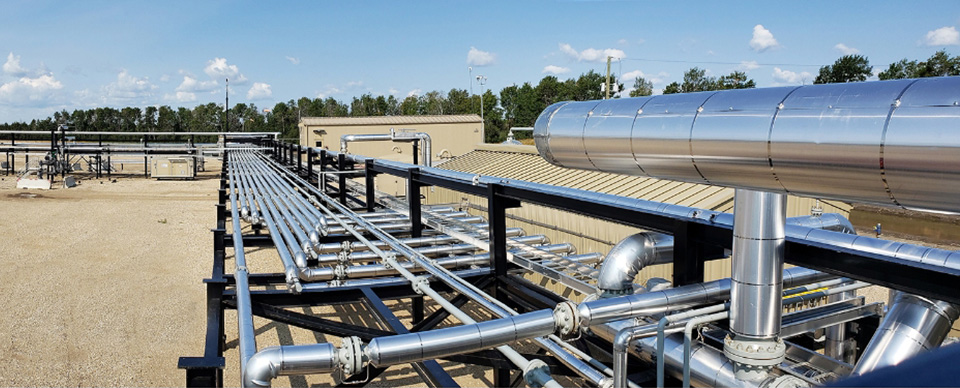
Carbon Offset Field Services
Solutions Tailored for Your Operations
Intricate offers turnkey offset project development. Clients can rely on Intricate to provide all the technical requirements necessary to take their project from conception, all the way to serialized credits. Credits can be used for compliance or sold on the open market. With Intricate’s help, companies can develop projects and navigate the carbon credit landscape with services such as project assessment, design, protocol selection, project implementation, field delivery, verification, and credit monetization.

Emissions Field Services
Transform Regulatory Challenges into Opportunities
Intricate’s team of seasoned specialists ensures that clients receive tailored support that aligns with their specific goals and industry standards. Our field services support the regulations specific to each province and federal government regulations. Clients appreciate our flexible approach, field-based perspective, and transparent pricing models. With a blend of traditional and innovative approaches, Intricate’s field services are not only designed to meet regulatory requirements but also to drive value optimization and cost reduction. These are key differentiators that contribute to low operational impacts as our projects continue to see successful field implementations.

Integrated Field Services
Elevate Operational Precision and Compliance
Intricate offers effective solutions through strategic bundling of field services providing immediate cost saving and operational efficiency. We provide comprehensive solutions for field measurement services and maintenance planning, customized to the specific requirements of each client.